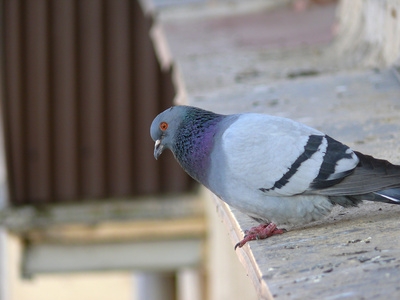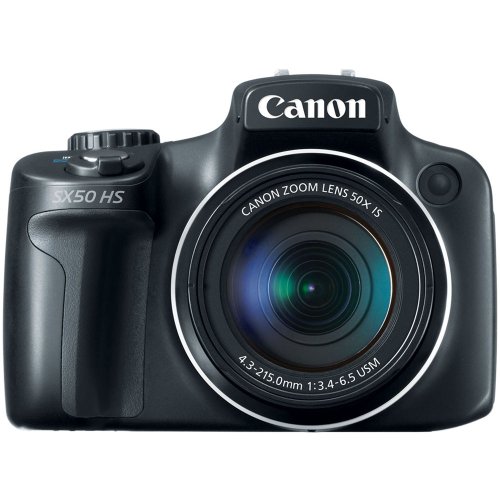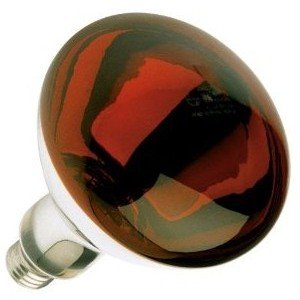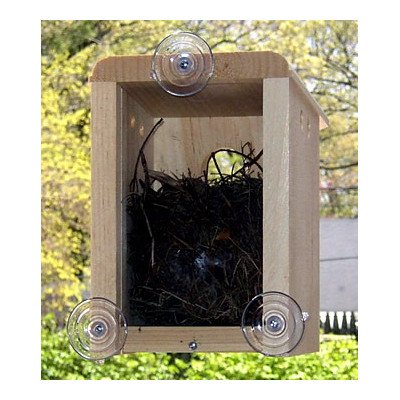
Having pet birds in your home add lots of fun to life. They can also add dust from feathers, wings, and dander. Add this to the normal indoor pollutants such as dust, dust mites, mold and mildew spores, and seasonal pollen and you've got air that is thick with particles.
Your pet's health will depend heavily on the quality of air you provide for it. So it is important to use filtration that can take out these particles as well as gaseous pollutants. Here are 6 important features that filtration for your bird should include.
HEPA Filter---High efficiency particle arresting filters are designed as such because they are able to remove airborne particles as small as .3 microns in size with a micron being defined as one millionth of a meter. That size particle is invisible to the human eye.
Because it can eliminate 99,997 out of every 10,000 of these invisible particles dust from feathers and wings and the invisible dander can be taken out of the air. And because the more normal indoor pollutants are bigger that sub-micron size they can be eliminated as well.
Pre-Filters---Even though the HEPA can remove a large range of particle sizes, having it do all the work would mean you would need to spend money frequently on replacement filters---maybe every 6 months to a year depending on what's in your air.
By having several pre-filters (a large and medium size) you can save the more expensive filter from filling needlessly with particles that can just as easily be removed by the larger and less expensive filters. These cheaper filters save you money and time and are one of the best ways to determine how much maintenance your cleaner will need.
Carbon Cloth---Gaseous pollutants can really affect birds. Having a filter that can remove gases, odors, and airborne chemicals is a huge advantage. Carbon cloth gives dual protection. Because it is made of carbon it can remove gaseous irritants. But because it is woven like a cloth it eliminates additional particles as well.
Stand-Alone-Unit---A system that is not connected with heating and cooling systems gives you the most flexibility with filtration. It will run during the in-between-seasons when heating and cooling are not necessary. And since it will clean the air that is closest to it first, being able to move it into the bird room is a huge advantage.
24-Hour Cleaning---This is probably one of the most important features to have. Check to make sure your unit contains a split capacitor motor. This type of motor is designed to run continuously with high revolutions per minute. That means it doesn't need to take a break after a certain number of hour of operation.
The key to keeping air quality high is never allowing to become polluted, and the best way to do that is to filter the air continually without having to turn it on and off. Being able to allow it to run keeps you from having to remember to turn it on and off which can get tedious after a while.
Natural By-Products---The whole purpose of filtration is to keep your bird's air passages (and yours too) clear. Because avian airways are so small, they can be easily clogged by excessive numbers of airborne particulates in the air. Once their airways are clogged, it is often the start of disease and infection that cannot be reversed.
The only by-product of filtration should be fresh, clean air. Stay away from units that produce any amount of ozone or ionized particles. Both of these filtration technologies remain controversial in terms of how they affect birds and humans and how effective they are.
Why take the chance? Everyone agrees that fresh air is the best air to offer your bird and their owners. 250 cubic of fresh air entering the room every 60 seconds can only help you and your pet live the highest quality of life possible.
 How to Build a Simple Bird Trap?
How to Build a Simple Bird Trap?
How t
How to Build a Simple Bird Trap?
How to Build a Simple Bird Trap?
How t
 Bird Watching: Beautiful Birds Seen in Western Australia
Collection of Beautiful Bird
Bird Watching: Beautiful Birds Seen in Western Australia
Collection of Beautiful Bird
 Transport & Tourism Industry News & Show Updates Kuoni Academy
of your little should carry personal information on them
Transport & Tourism Industry News & Show Updates Kuoni Academy
of your little should carry personal information on them
 How to Hatch Abandoned Poultry Eggs
Abandoned EggsAn emergency method of hatching them
How to Hatch Abandoned Poultry Eggs
Abandoned EggsAn emergency method of hatching them
 Pros and Cons for Buying or Building an Aviary for Your Birds
Choosing an AviaryBeautiful
Pros and Cons for Buying or Building an Aviary for Your Birds
Choosing an AviaryBeautiful
Copyright © 2005-2016 Pet Information All Rights Reserved
Contact us: www162date@outlook.com